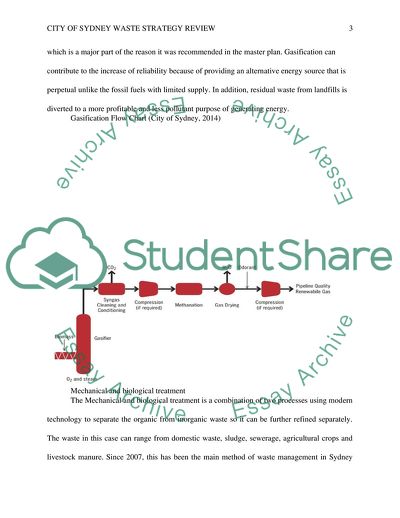Cite this document
(Gasification as Thermal Conversion Technology Report Example | Topics and Well Written Essays - 1250 words, n.d.)
Gasification as Thermal Conversion Technology Report Example | Topics and Well Written Essays - 1250 words. https://studentshare.org/environmental-studies/1839386-solid-waste-energy-recovery
Gasification as Thermal Conversion Technology Report Example | Topics and Well Written Essays - 1250 words. https://studentshare.org/environmental-studies/1839386-solid-waste-energy-recovery
(Gasification As Thermal Conversion Technology Report Example | Topics and Well Written Essays - 1250 Words)
Gasification As Thermal Conversion Technology Report Example | Topics and Well Written Essays - 1250 Words. https://studentshare.org/environmental-studies/1839386-solid-waste-energy-recovery.
Gasification As Thermal Conversion Technology Report Example | Topics and Well Written Essays - 1250 Words. https://studentshare.org/environmental-studies/1839386-solid-waste-energy-recovery.
“Gasification As Thermal Conversion Technology Report Example | Topics and Well Written Essays - 1250 Words”. https://studentshare.org/environmental-studies/1839386-solid-waste-energy-recovery.


